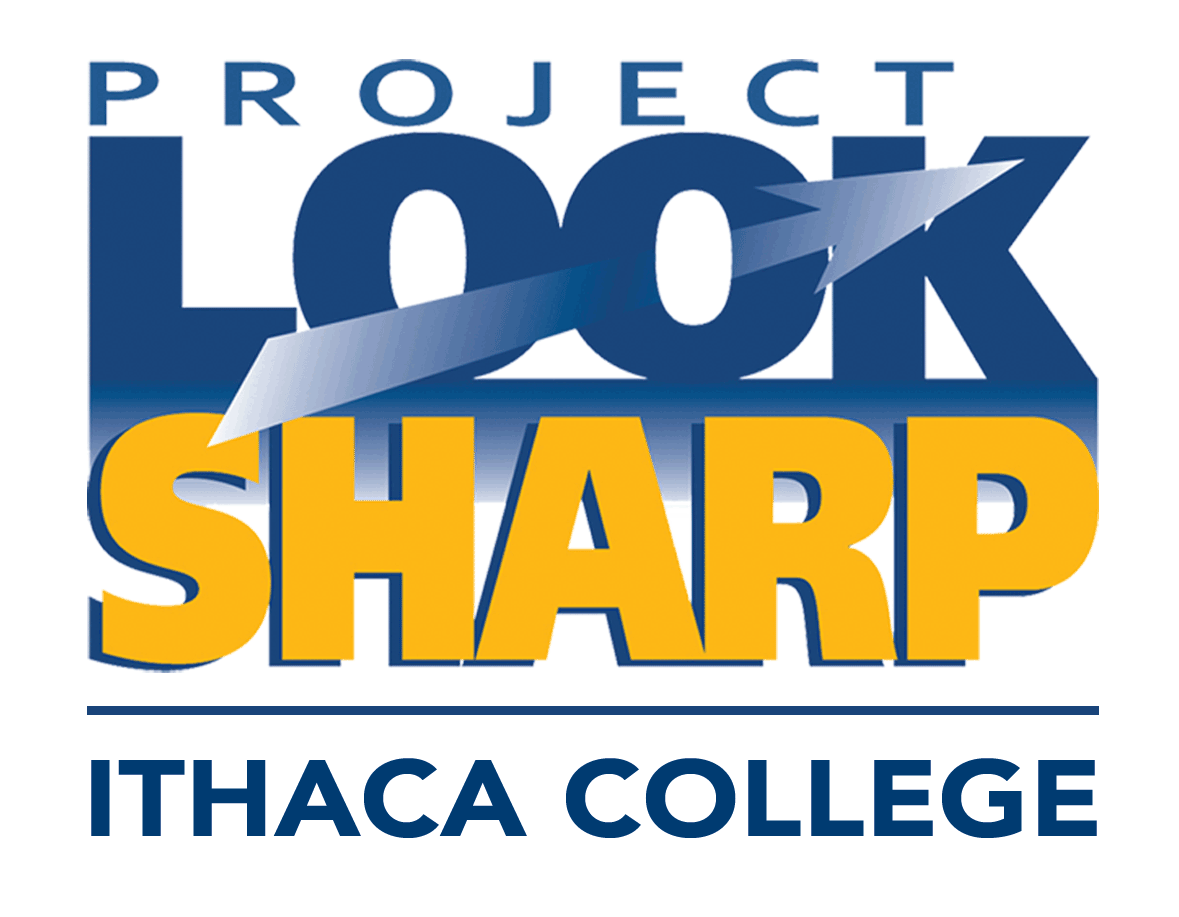Black Lives Matter at School and Black History Month through a Media Literacy Lens
This year marks the first time that many U.S. schools focused specifically on Black Lives Matter during the first week of February, marking the start of Black History Month. Amid growing evidence of the recent rise in White Supremacist movements (fueled in part by the use of social media to spread stereotypes and other disinformation), engaging in thoughtful and challenging conversations about race and identity is more important than ever.
At Project Look Sharp we have a long history of using media literacy approaches – especially our constructivist media decoding (CMD) pedagogy – to explore and question media messages about race, identity and protest. While most of these lessons are geared towards high school and college level classes, we have designed some for elementary and middle school grades. For example, two of our newest lessons created for early primary grades are Reading the Messages in Sculptures of Dr. Martin Luther King, Jr. and Squanto and the First Thanksgiving: Whose Story?. Because we view media literacy as literacy, we believe it’s important to start early – teaching children how to ask questions and think critically about the media messages they see, read and hear.
With high school and college students, however, those conversations can get into much deeper and challenging aspects of race, justice (and injustice) and protest, especially in the context of past U.S. history and current events. One of our free curriculum kits that supports these conversations is Media Constructions of Social Justice, starting with a unit of lessons designed to help students decode messages in films, songs, and dozens of other media forms about the Abolition of Slavery. Another unit in that kit focuses on Black Freedom/Civil Rights including one lesson that deals directly with Challenging White Supremacy by exploring both violent and nonviolent methods of protest and youth activism using 14 different types of media. Other units in that kit include lessons that are relevant to the exploration of black history and African American identities, including a unit on the Early Labor Movement (e.g., with a lesson on Unions and Race) and a unit on Prison Justice (e.g., with lessons on the impact of prison time on families, and songs about life inside prisons).
Some of our lessons explore issues of race in the context of politics – including lessons that focus on presidential campaigns from the mid-1800s through the election of 2016. By decoding media messages in campaign posters, political cartoons, polls, TV commercials, magazine covers, and other media, students can learn to identify stereotypes, biases, and the manipulation of information so often found in political communication. I’ll talk more about using media literacy to analyze political messages in next week’s blog – in the build-up to Super Tuesday and the current presidential campaign.
Some of our newest lessons explore issues of race and black identity in different contexts – including a lesson on Black Lives Matter and Climate Change. Others explore messages in surprising media forms – for example, analyzing money as media in Decoding the Twenty: Andrew Jackson and Harriet Tubman. In the coming months we will be posting more new lessons dealing with these issues, including a lesson for elementary grades using children’s books called Many Stories – Harriet Tubman Seizes Freedom, and a lesson for high school and college based on three commentaries concerning Teaching about Slavery.
For school districts and other organizations interested in exploring these issues with Project Look Sharp, you can find out more about our professional development offerings on our website. In the meantime, please explore our huge archive of free lessons, media examples, curriculum kits, and handouts – all grant-funded which allows us to make them available at no charge for educators. Most lessons are tied to Common Core, C3 and other standards, and you can easily search for resources to find lessons that fit your curriculum. And as always, let us know what you think!
– Cyndy Scheibe, Founder and Executive Director
